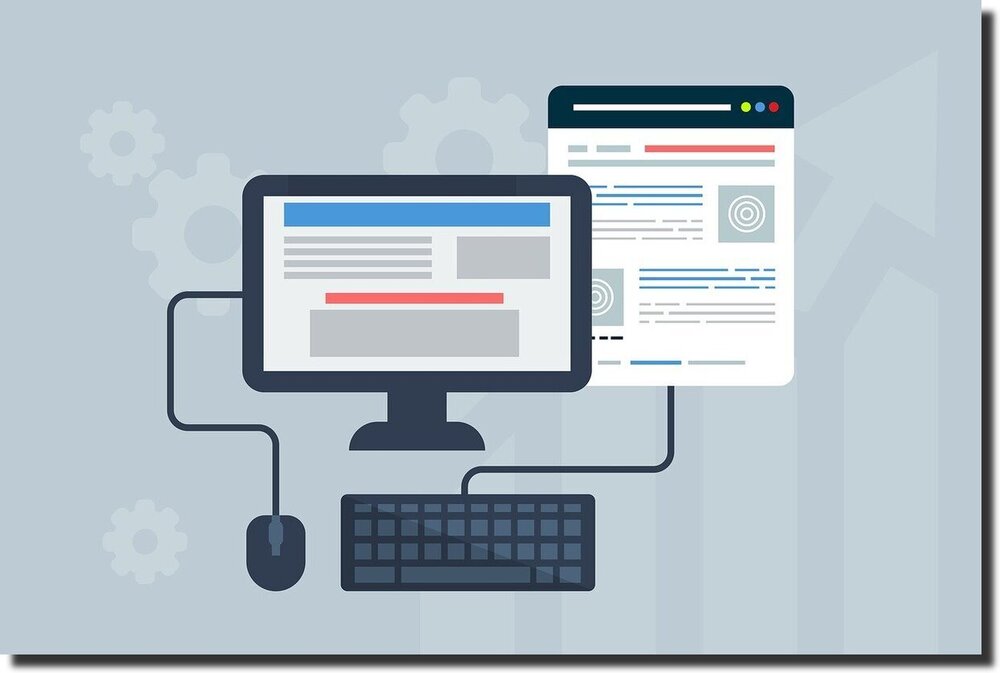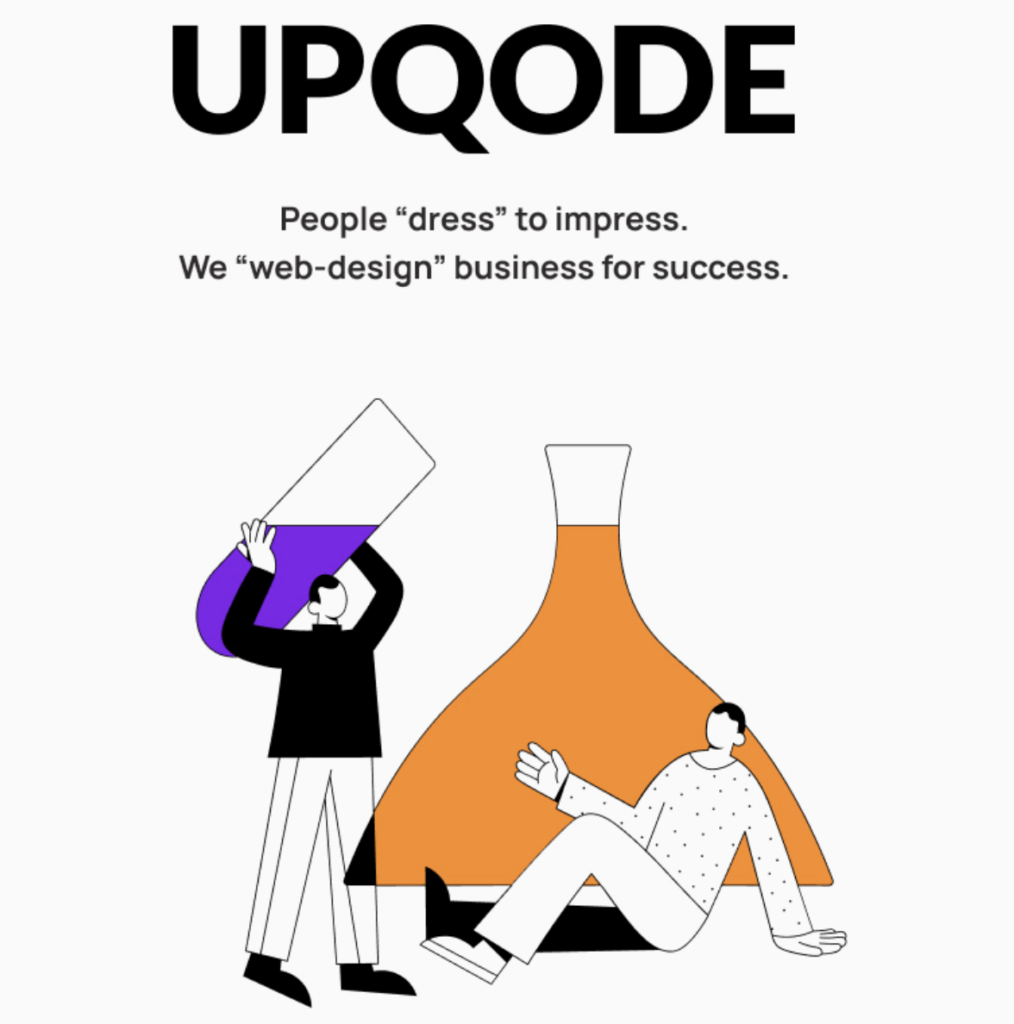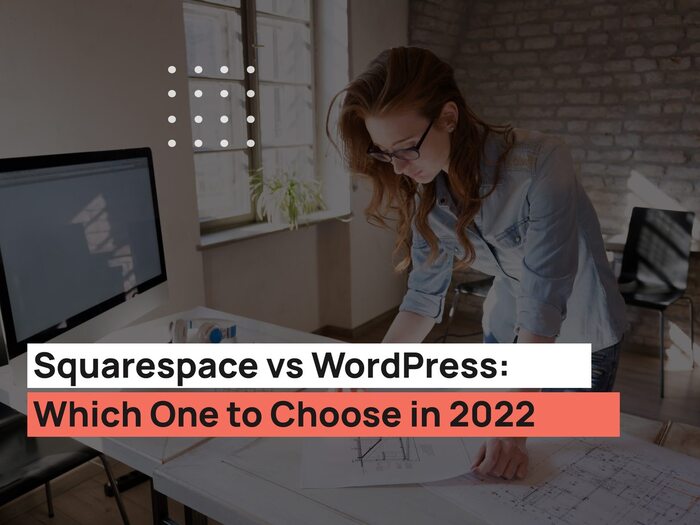In today’s digital age, where first impressions are often made online, a meticulously crafted website is the virtual storefront of luxury brands. The aesthetics, functionality, and overall user experience of a website play a pivotal role in conveying the essence of luxury and exclusivity. WordPress, a platform renowned for its versatility and user-friendliness, has emerged as a powerful tool for creating premium website designs tailored to the unique needs of luxury brands.
Creating a premium website in WordPress is actually pretty straightforward, but there is a lot to consider before you start building your site. In this article, we will give you simple tips for creating a premium website and also explore some potential technical difficulties that might come up.
With these tips, your website will look premium and you will get it live in no time.

Distinguishing Characteristics of Premium Websites
Impeccable Design Aesthetics
Premium websites prioritize aesthetics with meticulous attention to detail. They employ sophisticated color schemes, high-quality imagery, and exquisite typography to create a visually stunning first impression that mirrors the brand’s elegance and refinement.
Customization and Personalization
Luxury brands require tailored solutions that reflect their unique identity. Premium websites are highly customizable, allowing for bespoke design elements, layouts, and functionalities that align perfectly with the brand’s vision and values.
User Experience (UX) and User Interface (UI) Excellence
Premium websites excel in UX and UI design. They offer intuitive navigation, responsive layouts, and seamless interactions, ensuring a flawless user experience across devices. This level of sophistication contributes to user engagement and satisfaction.
Performance and Speed
Speed is of the essence, especially for luxury brands. Premium websites are optimized for lightning-fast loading times, delivering content swiftly and efficiently. This optimization not only enhances user experience but also improves search engine rankings.
Security and Trust
Trust is paramount for luxury brands, and premium websites invest in robust security measures. They utilize SSL certificates, encryption, and regular security updates to protect customer data and maintain a reputation for reliability.
Exclusive Content
Premium websites often feature exclusive and high-quality content, such as videos, editorials, and interactive features. This content showcases the brand’s story, heritage, and craftsmanship, further establishing a connection with the audience.
E-commerce Capabilities
For luxury brands, who sell products, e-commerce functionality is critical. Premium websites offer seamless, secure, and elegant online shopping experiences, with features like personalized recommendations, easy checkout processes, and exceptional customer support.

Mobile Responsiveness
With the increasing use of mobile devices, premium websites are optimized for mobile responsiveness. They adapt seamlessly to various screen sizes and resolutions while maintaining their aesthetic and functional integrity.
Seamless Social Integration
Premium websites effectively utilize social media integration to connect with a broader audience while maintaining a consistent brand image across platforms.
Continuous Maintenance and Updates
Luxury brands understand the importance of staying current. Premium websites invest in ongoing maintenance, updates, and content refreshment to ensure they remain relevant and timeless.
Tips to Create a Premium Website In WordPress
1. Understand Your Customer
First things first, have a clear picture of who your customer is.
Premium customers tend to share certain characteristics – they are extremely successful and tend to spend their time carefully. They also want a good return on investment and are used to a high level of service.
You need to answer the question of how your audience shops and what will make them sign-up on your website.
Your customers might be used to shopping online. So having an e-commerce store is a must. Alternatively, they might prefer a retail space. Then your site will mostly be used as a marketing tool.
Additionally, analyze your customers’ online behavior. Do they enjoy reading informative articles? Are they interested in getting to know your brand, or are they primarily focused on making purchases? Do they prefer staying updated with brand news, or do they prefer a straightforward shopping experience?
2. Focus On Business Goals
The most important thing to remember is that you need to match the story and your business goals to your website.
All too often, companies launch premium sites only to find out that the “product doesn’t match the packaging”.
There is no need to obsess over premium site features and perfect user experience if your assortment of products is limited by 5 art posters. But let’s say you’re creating a website for an airline. People don’t simply buy tickets on airline websites. There is a complex search process involved, there are hundreds of filters, and finally, there is a complicated checkout process. Additionally, you might want to create alerts, a customer service chatbot and give the user the ability to create complex itineraries.
Match the company’s values to the site’s design and user experience.
3. Pick the right color scheme and use plenty of white space
Selecting the perfect color palette and embracing ample white space can set your website apart. When you explore premium websites, a prevailing theme emerges: restrained use of color. This minimalistic approach is how brands convey an aura of exclusivity.

However, this doesn’t imply that your website must adhere to dull black-and-white schemes. Notably, design experts once hailed vibrant minimalism as the trend of 2017. The key is to adopt a concise color spectrum, favoring soft or muted tones.
In addition, avoid cluttered and chaotic layouts. Your aim is to achieve a clean, uncluttered appearance that invites visitors. White space fosters a breathable layout, accentuates your primary message, and provides visual comfort.
4. Choose the Right Website Layout
When you duck into a premium retail store amidst the hustle and bustle of the main shopping street, you instantly notice the difference. There is more space, the furniture is exquisitely beautiful, and there are fewer clothes on the racks than even in your own wardrobe. Premium brands rarely expose more than one size of each model on the retail floor.
You can reсonstruct this retail experience online with the right WordPress Web Design. The simpler the structure of the site, the easier it is for the user to navigate.
Come up with a top-level framework that surrounds the content and helps the user find a way through different parts of the website. Menus, sidebars, bottom bars – are all parts of the top-level framework.
Each section of a website needs to have a purpose. Think about what actions you want the user to take. Don’t mindlessly put call-to-actions everywhere but think about your customer journey, how he sees the site and where his eyes might land first.
5. Ensure the Website is Optimized for Mobile Devices
It’s absolutely imperative to ensure that your website is fully optimized for mobile devices. With the increasing reliance on smartphones and tablets for browsing the web, a mobile-friendly design is no longer a luxury but a necessity.
A well-optimized mobile website provides a seamless and visually appealing experience for users on smaller screens. This not only enhances user satisfaction but also positively impacts your website’s search engine ranking, as search engines like Google prioritize mobile-responsive sites.
To stay competitive in today’s digital landscape, it’s crucial to invest in responsive design and thorough mobile testing to guarantee that your premium website functions flawlessly across various mobile devices and screen sizes.
6. Eliminate the distractions
In your pursuit of crafting a premium WordPress website, it’s paramount to declutter the user experience. Eliminate unnecessary distractions that divert your visitors’ attention away from your core message or offerings.
Streamline your design by removing superfluous elements, excessive ads, or intrusive pop-ups. Prioritize clean layouts and intuitive navigation, allowing users to focus on what truly matters—the quality content and services you provide.
A clutter-free interface not only enhances user engagement but also reflects the premium and professional image you aim to convey.
7. Create a Seamless User Experience
You have to remember that premium consumers are technologically savvy. They read e-books and probably shop on Amazon, they also carry MacBook Pros and buy iPhones.
Technology truly turned the world upside down. It produced one-of-a-kind experiences and made them accessible to everyone. After Amazon’s introduced its One-click purchase button, it is hard to go back to a lengthy shopping process. We all expect great user experiences now.
There is a lot that goes into usability. Start with outlining a customer journey on the site. Also see what your competitors are doing, because once people get used to a certain process it’s hard to change it.
Improve the site usability, streamline customer journey through the website and mind the website’s loading speed. All of these efforts will show the client that you’re aware of the latest technological advancements and care about your customer’s time.
8. Customer Security Is the Key
This point follows up on the last one, but when it comes to premium websites every single detail matters.
The premium design conveys the feeling of security while also providing advanced security measures on the website.
For WordPress sites, it means updating as soon as WordPress has a new release and staying up to date with the latest security advice such as security standards, authentification, usage of plugins and passwords as well as taking care of the hosting environment.
Conclusion
In the digital age, your website serves as the face of your luxury brand. It’s not just a digital presence; it’s a virtual storefront that must exude elegance and exclusivity. WordPress, known for its versatility, empowers you to create a premium online space tailored to your brand’s unique needs.
To achieve this, you must understand your customers and align your site with your business goals. Thoughtful color schemes and white space utilization elevate your site’s sophistication. Streamlined layouts, mobile optimization, and distraction-free design enhance the user experience.
Security and seamless functionality are non-negotiable, especially for premium brands. Your website must convey trust and provide top-notch security.
For those looking to embark on this journey, consider partnering with a professional design agency. Their expertise can turn your vision into a digital masterpiece that captivates your audience and encapsulates luxury.



